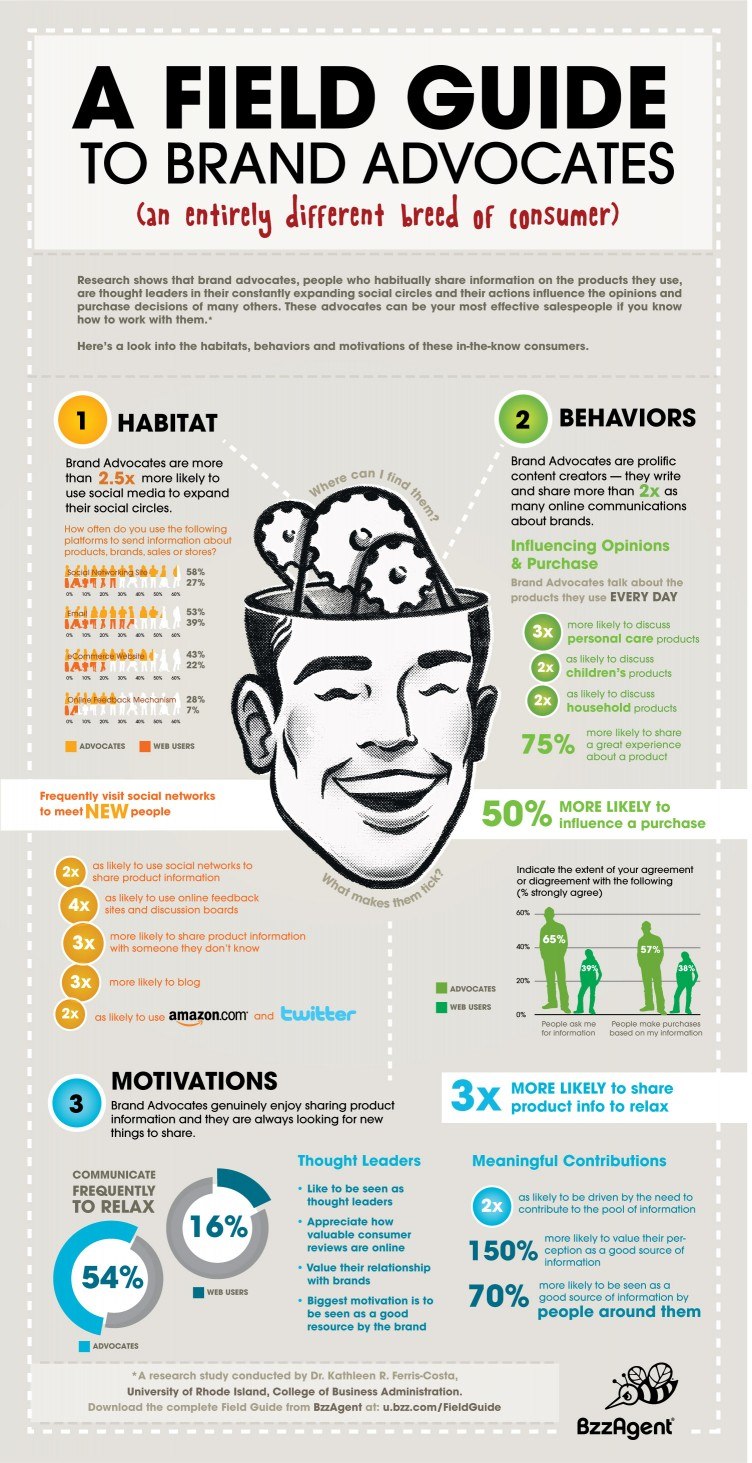People who are enthusiastic about your brand in real time are more powerful than a standard testimonial
Ah, case studies and testimonials. So often discussed (in strategy meetings, marketing meetings, website meetings, biz dev meetings); so rarely done properly.
If I had a nickel for every time I’ve sat in a meeting where everyone agreed that we really should do something about developing a library of case studies and testimonials, I would definitely be driving that Karmann Ghia I’ve so often dreamt of. On the other hand, if I’d had to pay someone a nickel for every time those case studies and testimonials have dropped completely off the strategic radar about 5 minutes after the meeting ended, I’d be sitting in some sort of Dickensian debtors’ prison.
Case studies and testimonials can be good internal exercises: They force the organization to codify successes (and, by extension, failures), interview clients and collect feedback. Done regularly and well, they can provide all kinds of great insight into what products/services are easiest to sell and deliver, which ones aren’t delivering a sufficient ROI or client satisfaction, and where there are gaps to be filled by additional products or better customer service. They can be helpful sales tools, and they’re handy for RFPs, which usually have some kind of case study or testimonial component.
So why, when scarce sales and marketing resources are being allocated, do they so often fall off the radar? Because unless they’re done systematically as part of a broader CRM strategy, they really aren’t that useful. I’ve rarely seen a first-rate salesperson use case studies or testimonials to close a deal (it’s more likely that the salesperson will say, “Hey, call Bob at Acme – we installed their system last year and I know they’ve seen a 23% uptick in revenue” than pull out a library of case studies). What’s more, these days most clients won’t give you permission to use their name in a case study or testimonial, which means all you can really show is disguised data or anonymous quotes – neither of which does much to instill confidence in potential clients, who know how easy it is to just make that stuff up.
I think we should think about it differently.
A written testimonial just sits there, inert until someone does something with it. A real live person, on the other hand, is in a position to spontaneously offer case studies and testimonials to everyone s/he meets – and those testimonials have far more influencing power, anyway.
With that, I offer you this Field Guide to Brand Advocates. This week, instead of talking about how someone should assign an intern to tracking down info for case studies, why not talk about how you can turn a few of your clients/customers into Brand Advocates? Who knows – you may not have to worry about gathering coaxed testimonials ever again.


